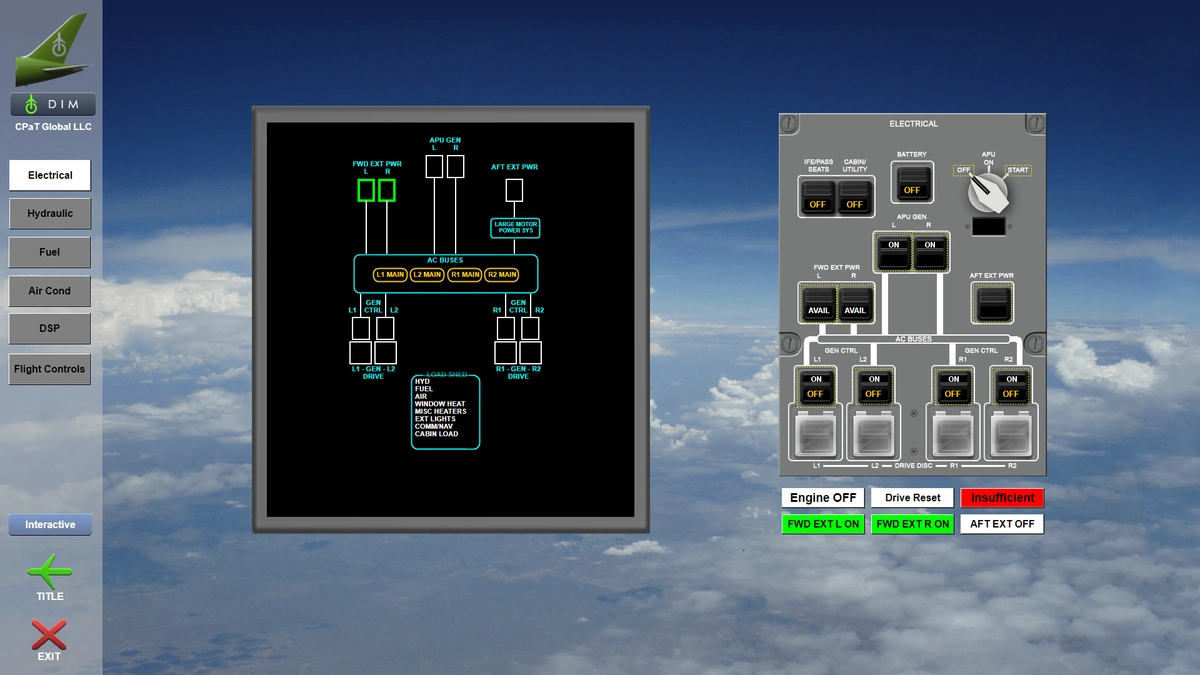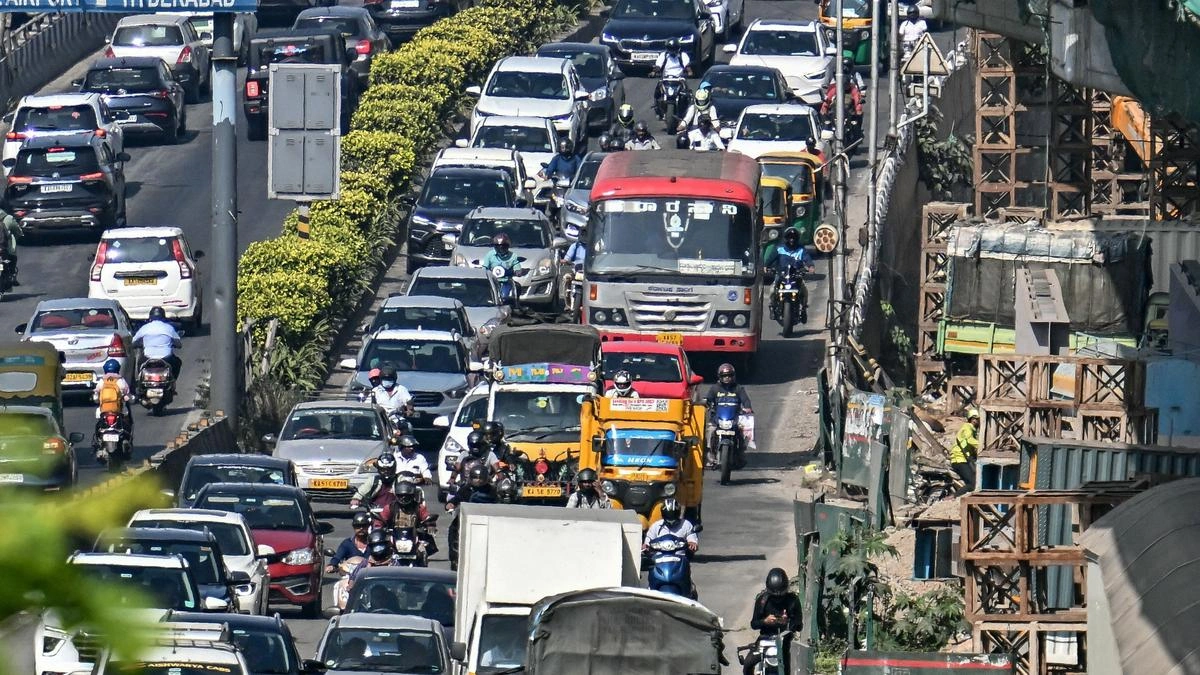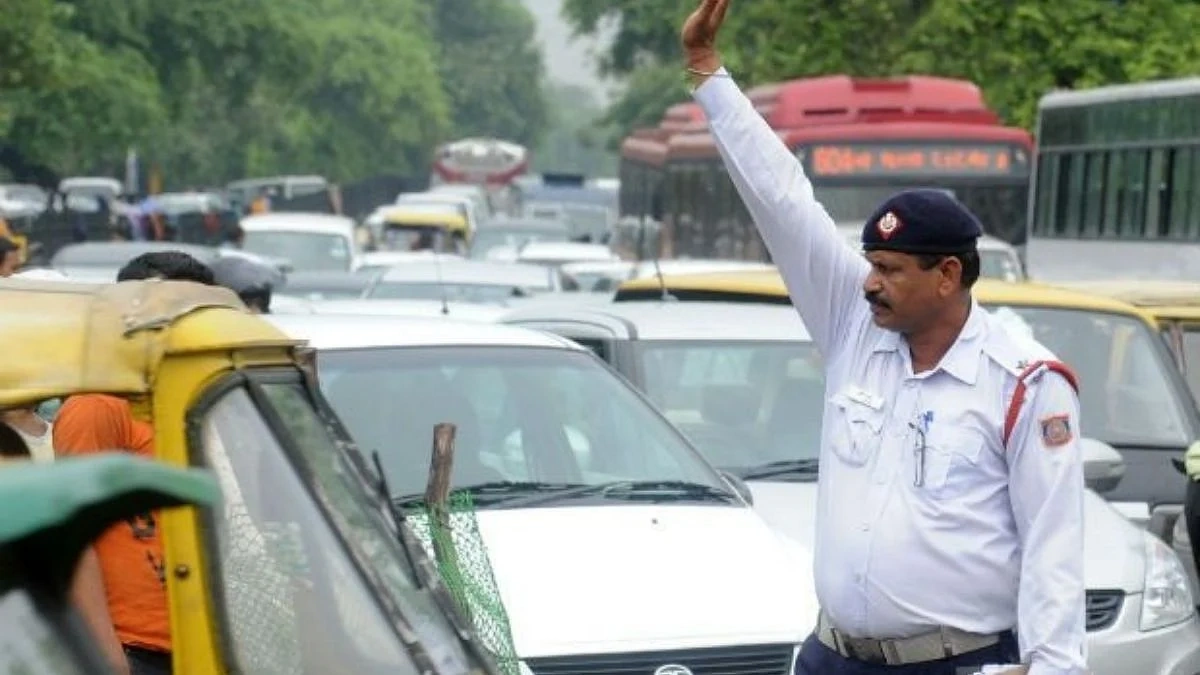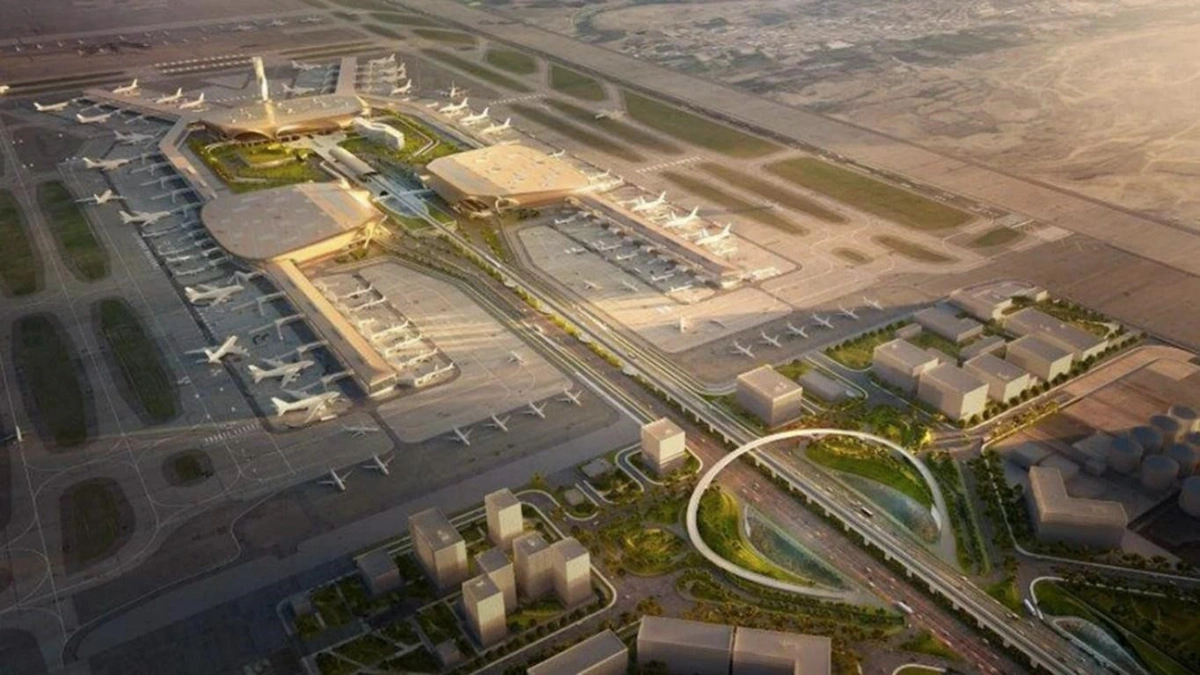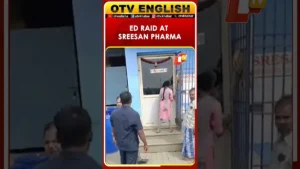Pilots Demand DGCA Checks on Boeing 787 Electrical Systems After Unexplained RAT Activation in India
Something unsettling is happening in the skies over India. Imagine you’re on a flight, everything seems normal, and then, out of the blue, the Ram Air Turbine (RAT) – that little emergency windmill that provides power if both engines fail – just pops out. No engine failure, no apparent reason. That’s precisely what’s got pilots demanding answers and the DGCA (Directorate General of Civil Aviation) scrambling to investigate the Boeing 787 Dreamliner’s electrical systems.
Let’s be honest, most passengers haven’t even heard of a RAT, let alone understand its importance. But for pilots, it’s a critical safety device, a last resort. Its unexplained activation raises serious questions about the reliability of the aircraft’s electrical systems. It’s not just about inconvenience; it’s about safety.
The “Why” | Unpacking the Concern
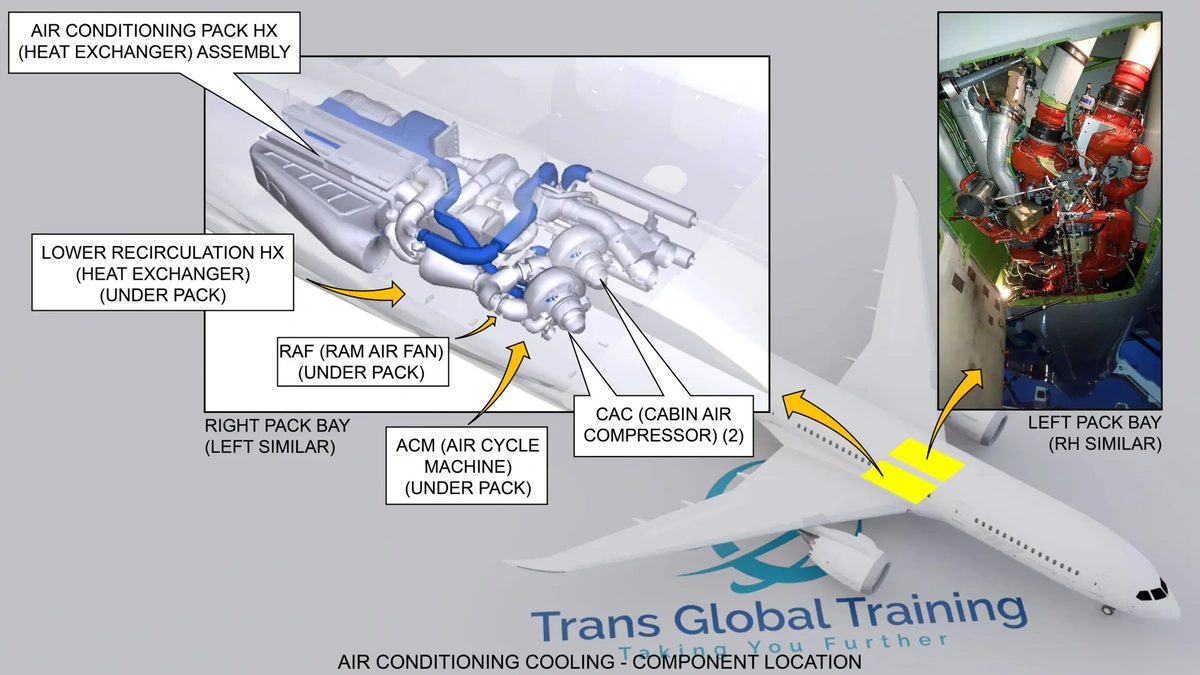
So, why is this RAT activation such a big deal? It boils down to redundancy and the potential for cascading failures. Modern aircraft, especially the 787, rely heavily on complex electrical systems. These systems control everything from flight controls and navigation to cabin lighting and entertainment. The Boeing 787 Electrical Systems are state-of-the-art, but also incredibly intricate. If the RAT deploys unexpectedly, it suggests an underlying issue with the primary electrical power sources or the systems that monitor them.
The core of the problem is not simply the RAT activation itself. It’s what that activation implies. An unexplained activation suggests a potential for phantom faults, electrical gremlins that could lead to more serious problems down the line. These gremlins can be difficult to diagnose and even more difficult to fix. Think of it like this: your car’s check engine light comes on, but the car seems to run fine. You could ignore it, but there’s always the nagging worry that something is seriously wrong. That nagging worry is exactly what’s prompting these demands for DGCA checks.
These systems include the electrical power system , flight control system and even systems related to the aircraft maintenance manual. The checks from the DGCA are important to identify if there are risks of electrical faults or any specific issue.
What are the possible implications?
The implications of these unexplained activations could be pretty broad. Here’s why this isn’t something to brush off:
- Potential for mid-flight issues: If electrical systems are compromised, it could lead to malfunctions during flight.
- Maintenance downtime: Identifying and fixing the underlying issue could take time, leading to delays and cancellations.
- Erosion of passenger trust: Safety concerns can make passengers nervous about flying.
The DGCA’s investigation is crucial to understand the scope of the issue and to ensure that airlines are taking appropriate measures to maintain the airworthiness of their 787 fleets. This includes reviewing maintenance records, conducting thorough inspections, and potentially issuing airworthiness directives requiring specific repairs or modifications.
The Human Element | Pilot Concerns and Passenger Anxiety
Here’s the thing: pilots aren’t just flying machines; they’re highly trained professionals responsible for the lives of hundreds of people. When they raise concerns about safety, it’s essential to listen. Their demand for DGCA checks isn’t just about following procedure; it’s about addressing a genuine worry about the Boeing 787 electrical systems ‘ reliability. Imagine being in the cockpit, knowing that a critical backup system activated for no apparent reason. That feeling of uncertainty is what’s driving their call for action.
For passengers, this news might understandably trigger anxiety. Flying already involves a certain amount of trust – trust in the pilots, the airline, and the aircraft itself. Reports of unexplained malfunctions can erode that trust. However, it’s important to remember that aviation is statistically one of the safest forms of transportation. The fact that pilots are raising these concerns and the DGCA is investigating demonstrates that the system is working to identify and address potential risks.
A common mistake is to assume that modern planes don’t need as much care due to their advanced tech. But the truth is, the more complex the system, the more thorough the checks need to be. This is a critical aspect of aircraft electrical system maintenance.
DGCA’s Role | Ensuring Safety in the Skies
So, what happens now? The DGCA’s investigation will likely involve a multi-pronged approach. This could include:
- Reviewing the Boeing 787 electrical systems ‘ maintenance records of affected aircraft.
- Conducting detailed inspections of the electrical systems.
- Analyzing flight data to identify any patterns or anomalies.
- Consulting with Boeing and other aviation experts.
The goal is to determine the root cause of the unexplained RAT activations and to implement corrective actions to prevent future occurrences. This could involve software updates, hardware modifications, or changes to maintenance procedures. The DGCA’s ultimate responsibility is to ensure the safety of air travel in India, and their response to this issue will be closely watched by the aviation industry worldwide. The role of the aircraft maintenance manual cannot be undermined here, as it is crucial for the safety of the aircraft.
This isn’t the first time the 787 has faced scrutiny regarding its electrical systems. Early in its service life, there were concerns about battery fires, which led to temporary groundings and design changes. While the current issue appears to be different, it highlights the importance of ongoing monitoring and maintenance to ensure the continued safety of this advanced aircraft.
What fascinates me is that even with all the advancements, there’s still an element of unpredictability in aviation. The industry is constantly learning and adapting to new challenges, and this situation is a prime example of that process in action.
Conclusion | Vigilance is Key
The unexplained RAT activations on Boeing 787 electrical systems in India are a reminder that aviation safety is not a given; it’s something that requires constant vigilance. The pilots’ concerns, the DGCA’s investigation, and the airline’s response are all part of a system designed to identify and mitigate risks. While this situation may cause some anxiety, it also demonstrates the industry’s commitment to safety and its willingness to address potential problems head-on. Ultimately, that’s what allows us to fly with confidence. The unexplained activations have raised questions about the plane’s reliability, it is important for the DGCA to ensure that the electrical power system is operating properly.
FAQ
What is a RAT (Ram Air Turbine)?
It’s an emergency power source that deploys automatically or manually if the main engines and auxiliary power unit fail, providing power for essential systems.
Why is an unexplained RAT activation concerning?
It suggests a potential underlying issue with the aircraft’s primary electrical systems or their monitoring, potentially leading to more serious malfunctions.
What is the DGCA doing about this?
The DGCA is investigating the incidents, reviewing maintenance records, conducting inspections, and consulting with Boeing and other experts to determine the root cause.
Should passengers be worried?
While it’s understandable to feel some anxiety, aviation remains statistically very safe. The investigation shows the system is working to address potential risks.
What could be the outcome of the DGCA investigation?
Possible outcomes include software updates, hardware modifications, or changes to maintenance procedures to prevent future occurrences.
Where can I find more information about the Boeing 787 Electrical Systems ?
You can refer to official Boeing documentation or aviation news sources for technical details and updates on the investigation. Also check with the DGCA official website.
One thing I’ve realized over time: aviation safety is a collective effort. It’s not just about the technology; it’s about the people – the pilots, the engineers, the regulators – all working together to keep us safe in the skies. And that is truly reassuring.
